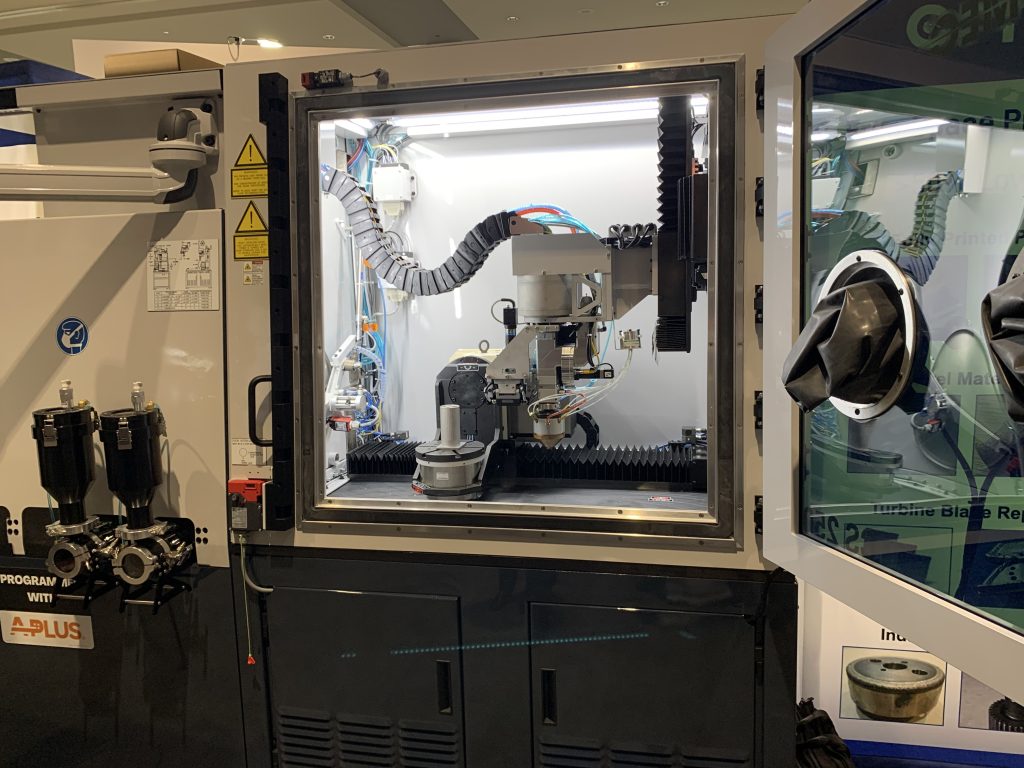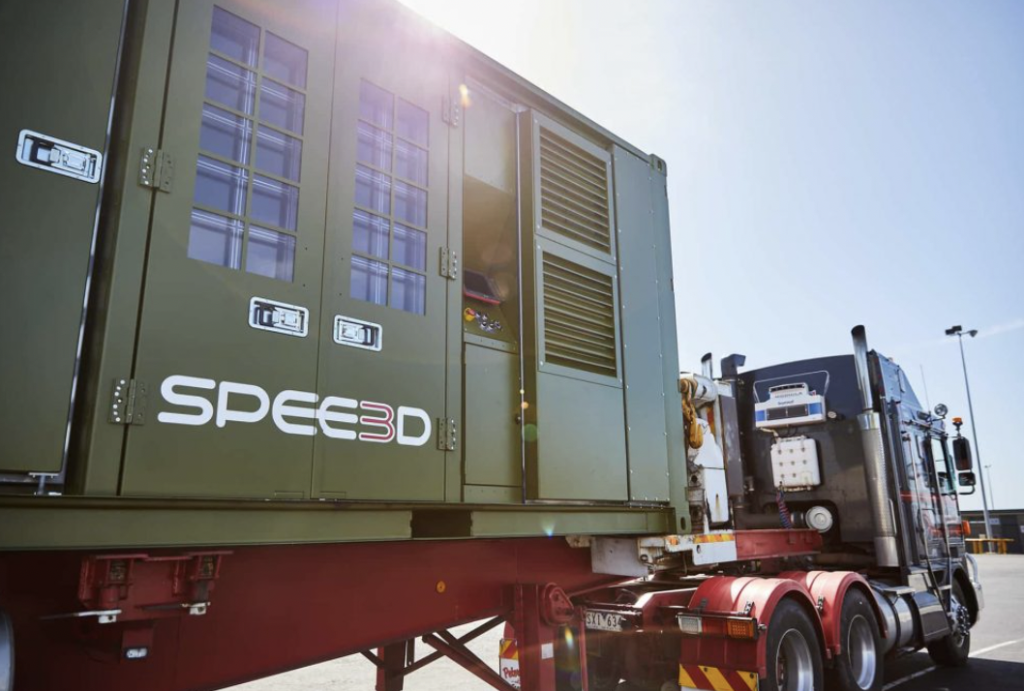Interested in reading more about the year’s biggest 3D printing news? You can access our full 3D Printing Industry Review of the Year series here.
As 2022 went on, the industry witnessed a boom in the number of construction projects being carried out via additive manufacturing, resulting in everything from 3D printed housing complexes to schools. Novel hybrid and AI-driven technologies also began to get a foothold in the sector, as manufacturers started to unveil their latest developments ahead of the industry’s biggest tradeshow: Formnext.
Read on for more on the biggest 3D printing stories of October 2022, including the latest from 6K, GE, SPEE3D, Ultimaker, Omni3D, Azure 3D, nano3Dprint, Mighty Buildings, Sugino, University College London, and more.

Emerging AM technologies patented
Following on from an IMTS 2022 filled with hybrid machines, the industry saw more of the technologies behind such systems gain momentum throughout October. This month, Sugino Machine Limited launched its XtenDED hybrid 3D printer, a unit that combines CNC machining with Laser Metal Deposition (LMD) to enable the production and finishing of parts with both higher throughput and accuracy.
In the Netherlands, meanwhile, atum3D licensed a hybrid SLA-DLP technology from the University of Amsterdam. It was said that once commercialized, this process, which combines photo and stereolithography to allow for the creation of high-resolution parts at scale, could be used to address clinical research applications.
Elsewhere, Omni3D also patented a unique FFF extruder-cooling technology. Featuring a combined extruder and printhead, the ‘Omni3D Cooling System’ is said to stabilize filament temperature during feeding and deposition. At the time, the firm said patenting the technology in the US would help it gain traction in the lucrative market there.

Construction 3D printing roll-out continues
While the 3D printing of homes isn’t entirely new in itself, the nature of those being built shifted somewhat in October. Not satisfied with merely using the technology to create housing more affordably and quickly than before, Mighty Buildings doubled down on its sustainability potential by erecting its first net-zero 3D printed home.
Similarly, Azure Printed Homes was contracted by real estate firm ReInhabit to 3D print ten new eco-friendly houses in California. By 3D printing the homes from recycled plastic, ReInhabit said that it expected to realize significant cost and lead time gains in a way that drives up its return on investment (ROI) on the properties.
Targeting an equally-worthy but slightly different application of the technology, the non-profit Team4Humanity unveiled plans for Europe’s first 3D printed school. With over 2,000 schools reportedly being damaged or destroyed by Russia’s invasion of Ukraine, the project was set up to rapidly rebuild those in Lviv, ready for when the city’s inhabitants return.

Pre-Formnext 3D printer launches
Though Formnext was still a month away, many 3D printer manufacturers chose to build hype by launching their latest systems ahead of the event. While SPEE3D launched a new containerized system, the XSPEE3D, nano3Dprint introduced its B3300 electronics 3D printer, a machine capable of simultaneously printing different conductive and functional inks onto an existing substrate, in a single pass.
GE Additive, which was nominated for Enterprise Company of the Year in the 2022 3D Printing Awards, also introduced its Series 3 binder jet platform. As part of 3D Printing Industry’s tour of GE Additive’s 3D printing facilities earlier that month, attendees were given a full breakdown of how the machine has been developed with initial partners such as Cummins, Wabtec and Sandvik.
At launch, Josh Mook, an Innovation Leader at GE Additive, said: “We remain focused on only bringing technology solutions to market when they are ready, and can help our customers demonstrate return on investment and total cost of ownership. That is certainly the case with our new Binder Jet Line and the Series 3, which is reliable, safe, and meets their needs today and tomorrow.”

AI-driven technologies go further
AI has increasingly found applications in 3D printing material discovery and geometry optimization, and it continued to address new use cases in October. Researchers at University College London (UCL) deployed a combination of X-ray, AI and 3D printing in the restoration of a lost Van Gogh painting.
UCL students Anthony Bourached and George Cann developed a workflow in which X-rays could be used to see through layers of paint, including those painted over existing works. By feeding this data into an algorithm capable of extrapolating an artist’s style, the team then modeled an artwork which reimagined what the original may have looked like.
Later in the year, the duo’s project was followed by similar AI-driven software successes, including that of the increasingly popular portrait-generating app Lensa AI, as well as POINT-E. Essentially, the latter is a text-to-model application, capable of automatically generating 3D point clouds from users’ text prompts, that’s likely to create both challenges and opportunities for AI in the sector.
2022: 3D Printing Industry review of trends and news
2021: 3D Printing Industry review of trends and news
To stay up to date with the latest 3D printing news, don’t forget to subscribe to the 3D Printing Industry newsletter or follow us on Twitter or liking our page on Facebook.
While you’re here, why not subscribe to our Youtube channel? featuring discussion, debriefs, video shorts and webinar replays.
Are you looking for a job in the additive manufacturing industry? Visit 3D Printing Jobs for a selection of roles in the industry.
Featured image shows Mighty Buildings’ first 3D printed net-zero energy home. Photo via Mighty Buildings.



